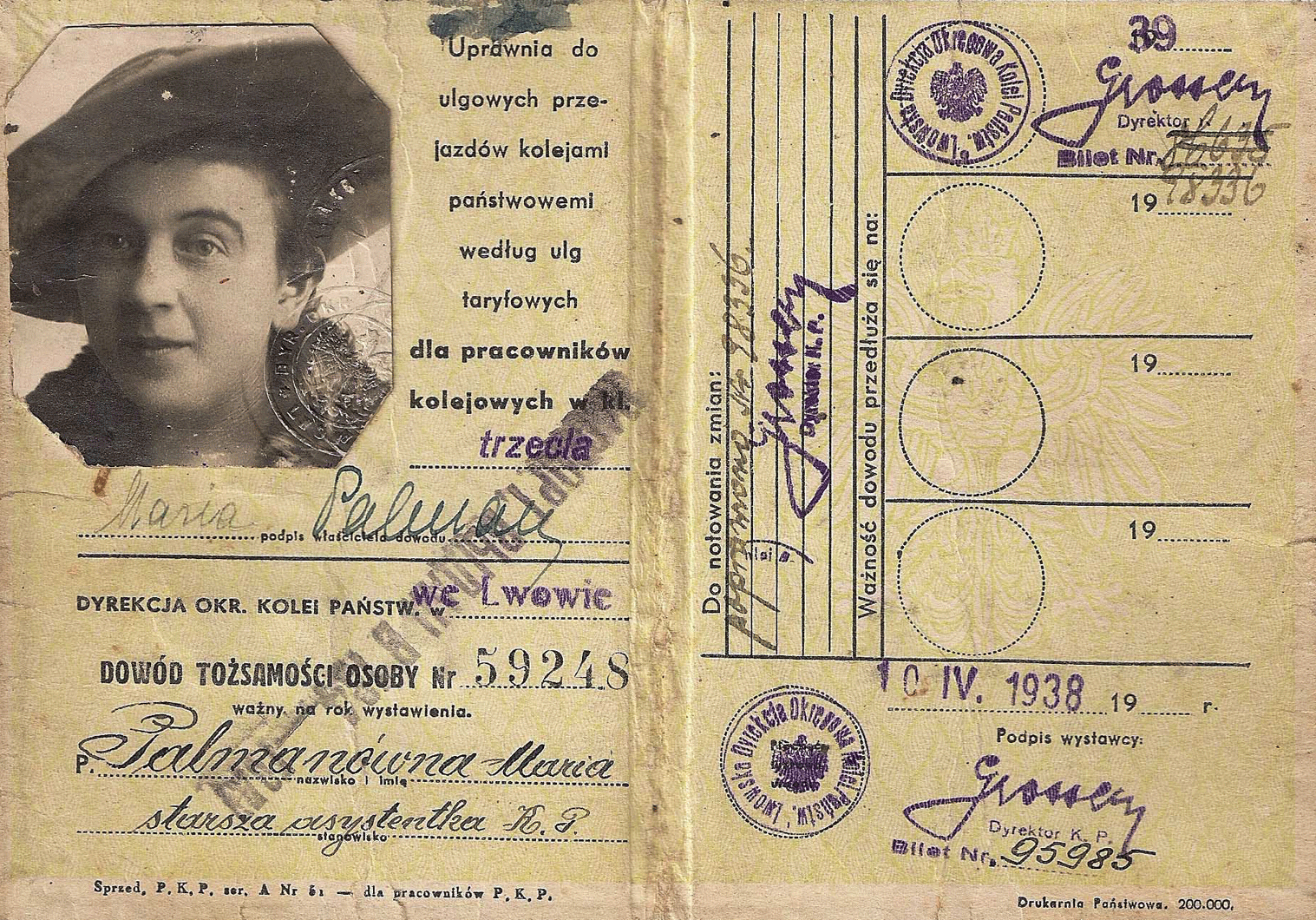1940 Soviet occupation passport
Issued to a Jew at Lwow in eastern Poland.
In a previous article I wrote extensively about the Soviet occupational passports issued during the years 1940-1941, prior to the German invasion known as Operation Barbarossa.
These types of travel documents were not meant to be used outside the borders of the Soviet sphere of influence but internally; as a means to track and surveil the local population and make sure that each civilian is accounted for.
Following the Soviet occupation of eastern Poland on September 17th 1939 and of the Baltic States the following year, the issuing of new set of papers began for those who ‘accepted’ their new citizenship. The process was done in several steps.
Occupation of the Baltic states
Soviet occupation of the Baltic states (1940)
The first step was the registration of the new citizens, having their former ID’s that they presented rubber stamped with one short statement “…passport was issued in the year…”, this appears normally on older passports (rarely), travel documents, school ID cards or regular identity cards. Mostly we find the hand applied date as 1940.
The second step was the actual issuance of the “Internal Passport”: meant to be used for travelling inside the Soviet territory and a means of control, exiting and entering different zones of administration or city. The earliest samples found are from 1940 that year and also continuing into 1941, when the government printing press, that issued the Soviet internal-passports, named GOZNAK, issued passports for the former Baltic States in 1941 as well. We can find two sets of such passports being issued: 1938 pre-war printed samples, issued to eastern Poland’s “new” citizens and for the Baltics, printed in 1941, with added new languages for the three new states incorporated into the Soviet sphere of influence.
The passport in this article was issued to an elderly Jew named Markus Bartfeld, who was around 80 at the time, and from the eastern Polish region known as Galicia, from Podhajce. Document number 645933 was issued on August 21st 1940 by the local NKVD branch at Ternopol. We can find several annotations inside the document indicating a change of residence, also marked by the NKVD offices at each location, for example, from May 9th 1941 from Lwow (location of his son) for residence at Bema 18, Housing complex 376. Additional annotations and documentation indicate that he went through medical X-ray treatment at the ontological facility in the city earlier that month. The last document is for proof of lodging from the above mentioned housing committee issued the same day the Germans marched into the city, June 30th.
One can add that these travel-papers, in some ways where also lifesaving documents: Those who managed to relocate themselves further east, at the end, avoided capture by the Germans, and for those being Jewish, this meant life: some were transported or evacuated further east to Siberia and even Kazakhstan and thus survived the war.
Markus here was not that lucky: Being an elderly man, he most likely would have not managed to survive any hasty evacuation east. According to formal records, he perished early in December 1941 and was registered for burial on the 8th.
Thank you for reading “Our Passports”.









